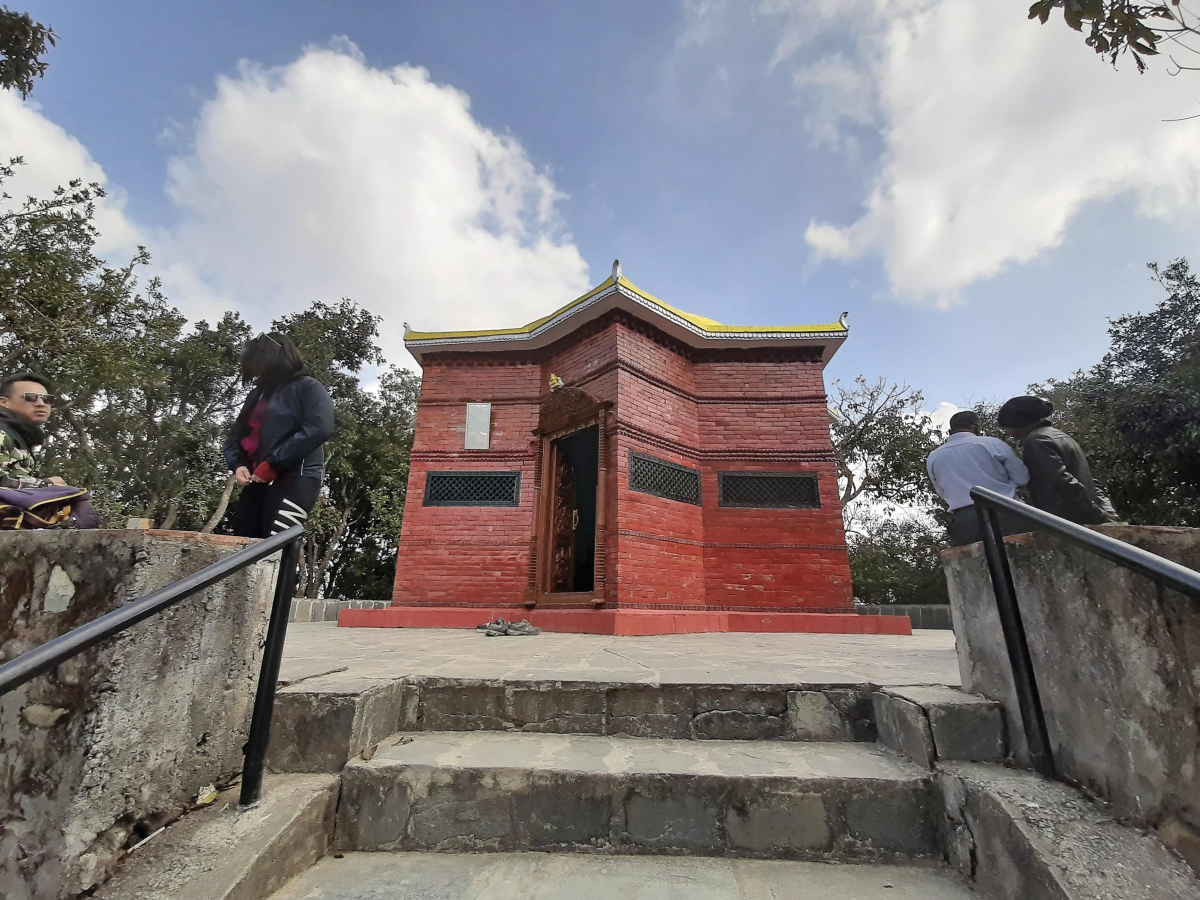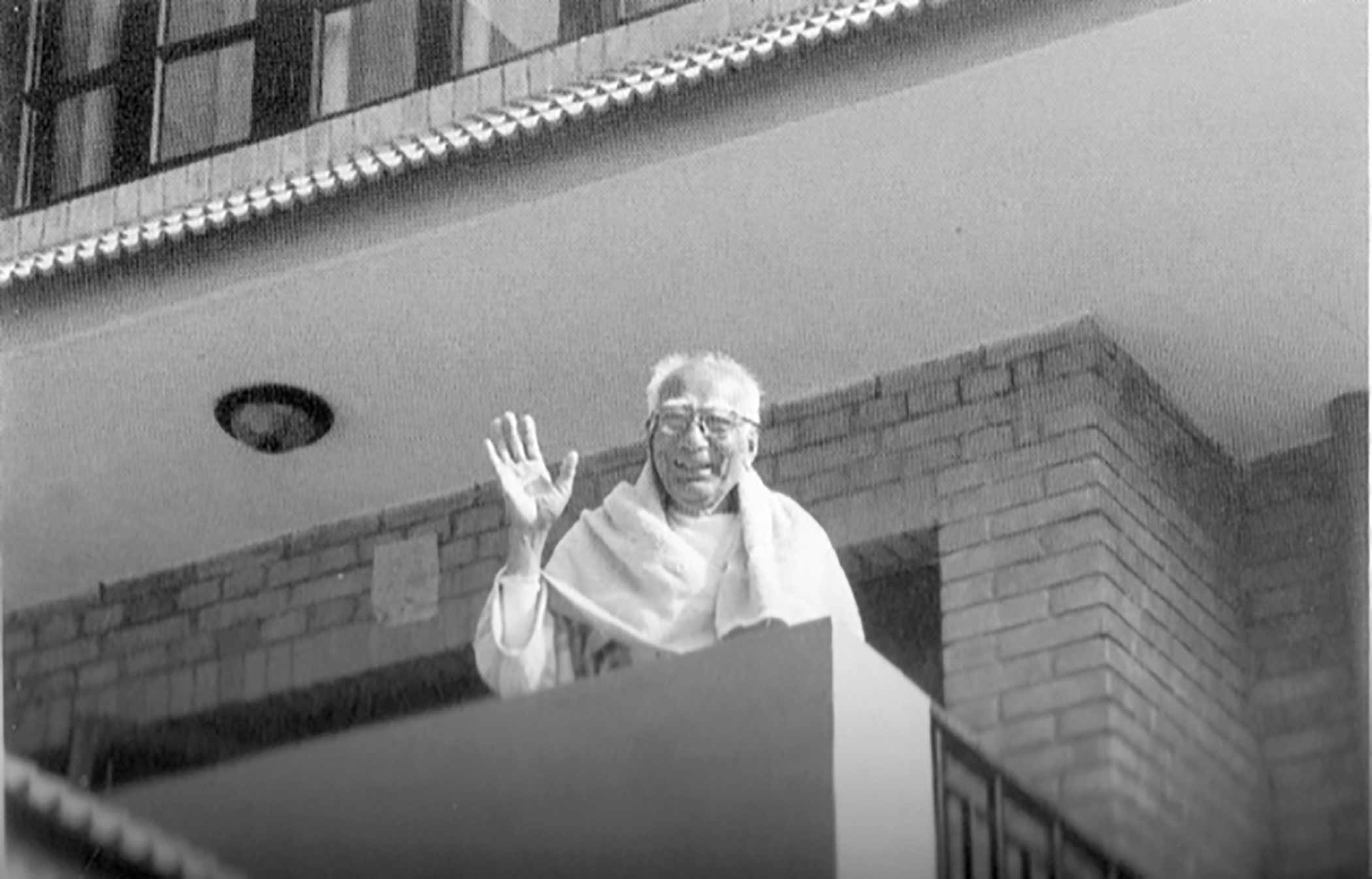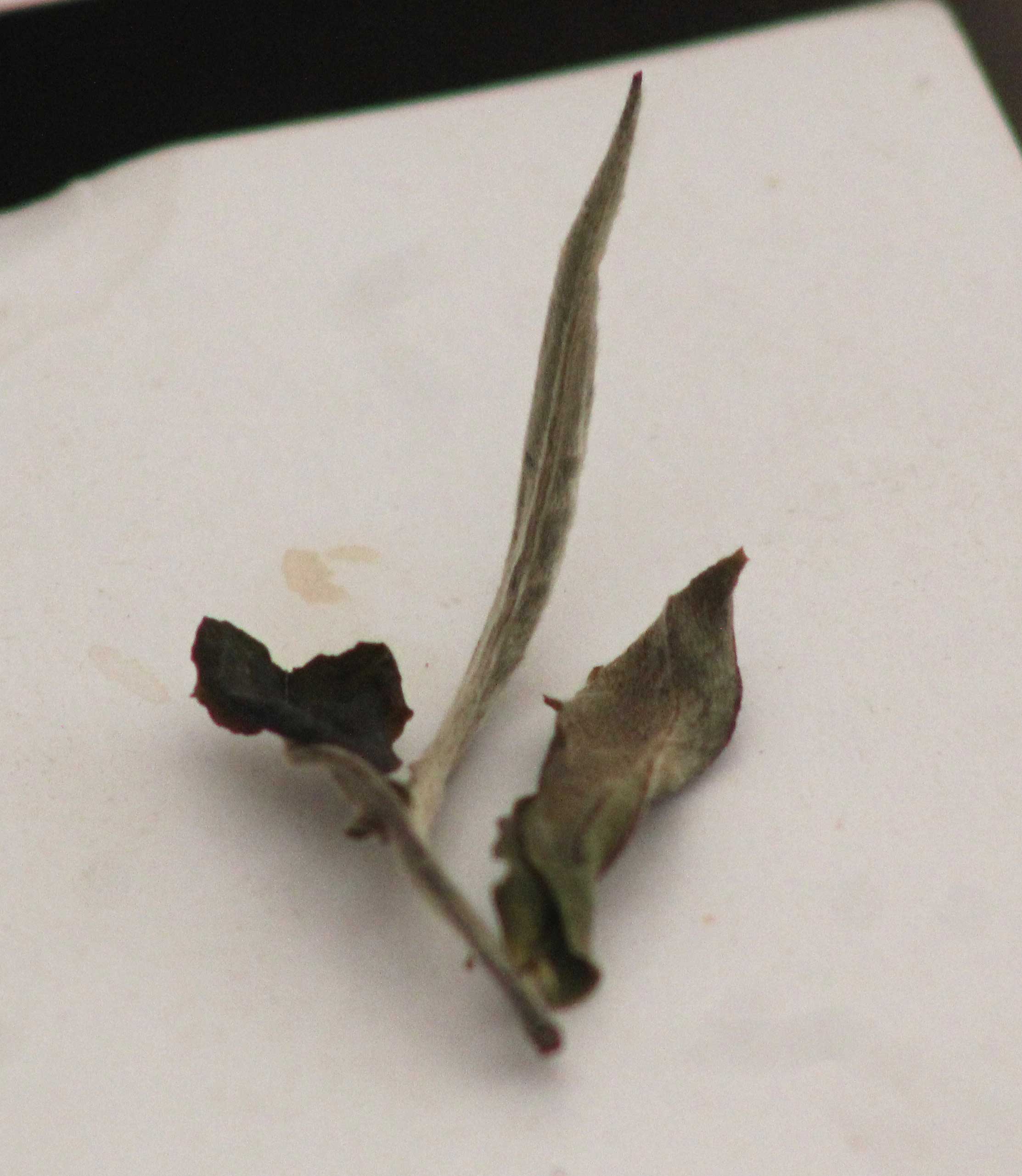Art fairs are on the rise globally! With the turn of the new century, art fairs, biennales, and triennials have multiplied at an alarming rate. In 1970, there were just three events: Cologne, Basel, and Art Actuel, but in the last decade, the numbers have mushroomed from 68 in 2005 to 189 in 2011 globally, as stated by Georgina Adams, a long time editor and columnist in art newspapers. For 2015, The Art Newspaper‘s calendar listed some 269 fairs and events. In Asia itself, Art Taipei was one of the first to be established in 1992, and one of the region’s most successful fairs, which opened the horizon for other art fairs. Korea International Art Fair, which began in Seoul in 2001, and Art Fair Tokyo, which followed in 2005.
With globalization and a boom in of the art market, the number of art fairs has exploded, and in recent times, every city wants to have an art fair or event. The statistics from Art Radar show at least 37 major fairs and art events in Asia in 2017, in India, Bangladesh, Philippines, China Japan, UAE, Indonesia, Korea, Lebanon, etc. The same portal also provides information of almost 42 art events in the Asia-Pacific in the same years. Nepal, too, hosted the Kathmandu Triennale in early 2017, organized by Siddhartha Arts Foundation (SAF) to make the thriving art scene of Nepal aware to a global audience. The event had the assemblage of over 60 artists, solo and collaborative. This event was the successor of two earlier festivals titled as Kathmandu International Art Festival, held in 2009 and 2012.

Such events witness a revolution in the art market and how art is purchased. International art events also act as a foundation for galleries to showcase artists and their artworks to an international market, making the host city a global art destination. Art critics, collectors, curators, and general enthusiasts who attend the event from all over the world can exchange ideas and interact directly with the galleries and artists, advocating for close knit multinational art community.
The India Art Fair 2018, which I recently participated as a curator of Nepal booth, celebrated its 10th edition this year, and is a platform that attracts galleries and artists, private foundations and arts charities, artists’ collectives and national institutions to showcase the best in their collection and reach. The fair this year had participation from across Asia, Europe, South America, United Kingdom, United States, and beyond. Nepal had its participation through the Nepal Art Council (NAC), a national institution established on initiation of His Majesty’s Government of Nepal in 1962 for promoting arts and artists of Nepal. The council has been taking part in the fair for the last three years to fulfill its objectives, showcasing the works of different sets of almost six-seven artists every year. After a vigorous selection this year, the works of seven coveted names in the field—Chirag Bangdel, Jeevan Rajopadhya, Mekh Limbu, Rabindra Shrestha, Sabita Dangol, Sujan Dangol, and Sunita Maharjan was showcased at the fair. Their works were visual metaphors of contemporary Nepali society, emotional struggles, spiritual and human connections, together with artistic imaginations unfolded on canvas, providing a multi-faceted engagement to the viewers.
Like the previous two years, when I was the assistant curator, our booth fetched the maximum attention. The Indian Express, a national daily of India, voted us in the 10 most attractive booths out of carefully selected 87 world renowned art galleries. This title was an achievement for me, as the curator, and my team members. However, the achievement indicator for most galleries was the sales. Such thoughts are quite obvious, as the fair is a commercial platform, and most participating galleries have the same objective. Hence, they represent the top-selling artists and often showcase the same artists for multiple years. Furthermore, local curators have the benefit of being familiar to local collectors and those overseas, too, whom they invite for the fair. Theses curators and collectors visit selective booths and make their picks. Coming from a non-profit institution, I was compelled to reflect upon the objective of participation, as well as the multiple facets, of such commercial ventures.

It has been the objective of NAC to promote the art and artists of Nepal, with a board of members who strongly believe in the same, the commercial side never taking precedence. We seek financial assistance from our promoters who sponsor the fair, enabling our participation in the last three years. In all three years, NAC has been able to showcase and make aware the best of Nepali art to a global audience, providing an international platform to our artist from where they can take flight. Unlike other commercial galleries at the fair, we were among the three non-profit organizations present there this year. Because it is the objective of NAC to promote the art and artists of Nepal, as mentioned earlier, we showcase a different set of artists each year. This enables us to reach out to a larger number of artists to present at the international event. Despite numerous hurdles and challenges, our booth managed to draw the attention of the visitors. A particular visitor mentioned that it was our booth that she spent the longest time, the artworks being so reflective. The general opinion was that our booth was very different from the rest. The artworks were conceptual, in comparison to most being only aesthetic. I personally would title our booth as the most photographed, with the triptych of Sujan Dangol’s “Three Generations” being an artwork that pulled the attention, related to, and amused all generations!
Nepali art has gained an unprecedented momentum in the last few years, with the artists engaging in multiple disciplines and mediums. The selection of this year’s artists is as follows:
Chirag Bangdel is a radio-jockey by profession, and a natural-born poet and writer. His creative journey started early in life. Writing and painting being his innate talents, Chirag has achieved numerous accomplishments over the years. A self-taught artist, he has exhibited at Netherlands, Germany, Los Angeles, Pakistan, and Dubai, as well as in Nepal, with subjects and themes that are easily comprehended and appreciated. For this exhibition, his paintings romanticize the stories of Krishna Lila, taking themes from “Geet Govinda” in fluid forms. His simplistic treatment of compositions, complemented by contrasting colors, makes his artworks reignites our spirituality, disseminating an aura of tranquil peace and spirituality.
Jeevan Rajopadhya, an established artist, explores the abstract. He believes that all things have their source in the abstract, and when given a name, they take a tangible form. Similarly, our thoughts and feelings develop from abstract, but when expressed through a medium, take physical existence and form. He thus translates on to the canvas his free forms and expressions through a lyrical flow of colors, resembling the melodious tunes of music.
Mekh Limbu is a Kathmandu-based, interdisciplinary artist, who has been working on paintings, installations, animations, and photo and video-based works. Creating fictional and non-fictional visual narratives, with themes from daily life, he has successfully engaged the audiences. In his childhood, his father migrated out of the country in search of better opportunities. Thus, being a victim of the consequences of migration from an early age, most of his works reflect his inner torments on the subject, together with portraying a broader picture of social awareness. He constantly explores for new ways of visual expressions through the latest technology to engage a wider spectrum of audience.
Rabindra Shrestha was born and brought up, engulfed by the cultural landscape of Kathmandu. He spent a large part of his life enamored by the resplendent art around him. For him, learning from the art he sees in the temples, pillars, and sculptures are equivalent to any academic education. He makes connections with religious narratives; taking motifs from various cultural spaces and re-presenting them in his art as recurring motifs.
Disturbed by the recent global political conflicts, he rethinks the concept of unity and equality. By taking thumbprints of various individuals, he tries to explain the similarities, as well as differences, of each individual being for a shared global harmony. Shrestha is the recipient of Harvard (South Asia Institute) Visiting Artist Award 2017 for this series of artworks, and he secured the National Special Award from National Academy of Fine Arts three times.
Sabita Dangol is a multi-disciplinary artist who expresses her creative instincts through performances and paintings. In this series of artworks, she juxtaposes imagination and reality to make surreal compositions, using objects seen and used in daily life. The realities of these objects are transformed in imaginative compositions expanded on the canvas. Fishes float in the air, the combs metamorphose into human forms, their functions acquiring a different reality, fusing different entities with one another.
Sujan Dangol, another multi-disciplinary artist, takes inspirations for the happenings around him to form creative expressions on canvas as well as through installations. With a keen interest in art since childhood, Sujan Dangol tried his hands at other fields, however, he settled for the fine arts as his inner calling. He is now a popular artist who likes to work on art projects involving the community. He delves into the minds of ordinary Nepalis and explores through a visual composition the wants and needs of three generations in contemporary Nepali society. This interesting composition with symbolic objects of generational consumption and skillful use of colors and shapes, the triptych, creates a jovial mood, yet compels us to contemplate the harsh realities of life.
Sunita Maharjan is a co-founder of Drawing Room KTM, a non-profit, artist-run space for learning through arts. She is a multi-disciplinary artist, also an active art educator and one amongst the initiators who believe art is not restricted to galleries or age. Gaining experiences academically and pragmatically from numerous workshops and exhibitions, Maharjan is a well-known name in the art circle of Nepal. She explores the dualities in life, how humans create and arrange their own space within their individual movements. She observes these movements over time and the impressions they leave as layers that overlap. Yet, each moment is unique, and each movement is different. This individuality and its continuity create the relationship between nature, life, and art. The artist has meticulously transferred these overlapping layers printed through stencils on fabric, creating interesting, as well as aesthetically pleasing, compositions of the layered spaces created by humans.
Another pleasant surprise at the fair was the visit of several other artists who traveled to take part in the fair and expand their horizon. A group of 19 students from Centre for Art & Design, Kathmandu University, also attended the fair, partly financed by the university. With such participation, interaction, and exposure, Nepali contemporary art will definitely surge forward and make its place in the global art arena very soon!
The author is a scholar in Nepalese culture, with special interest in art & iconography. She can be reached at swostirjb@gmail.com










